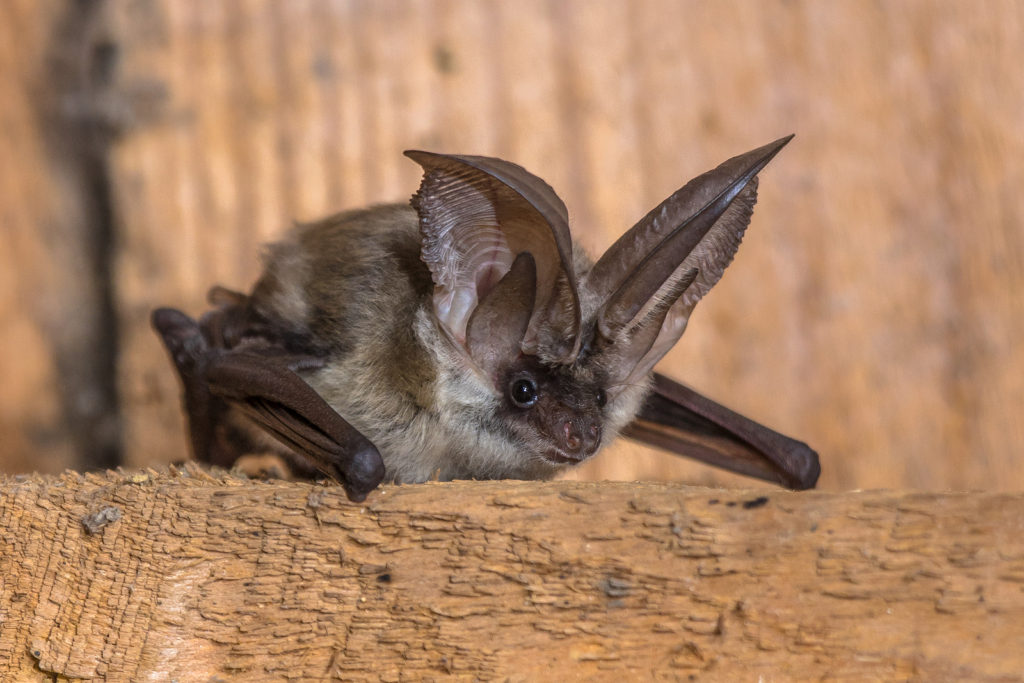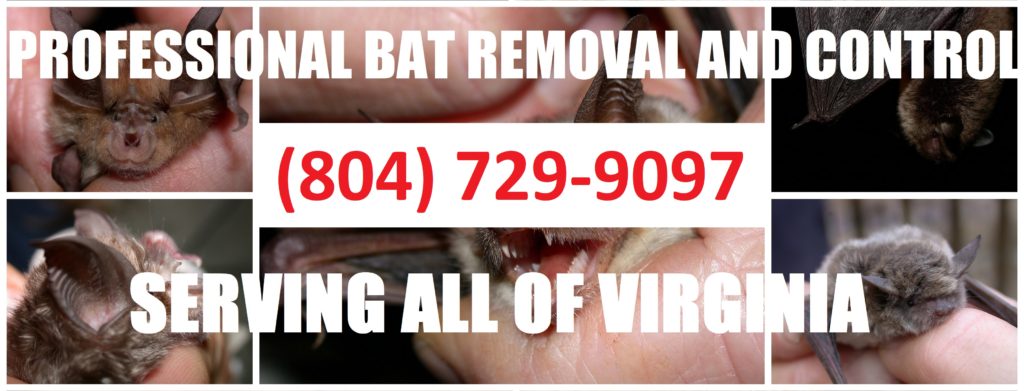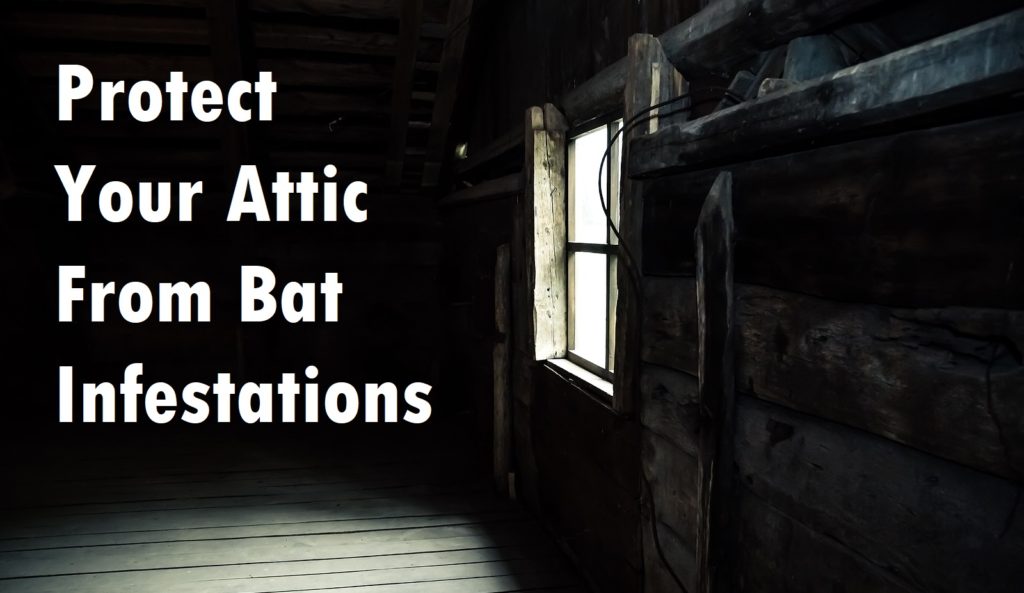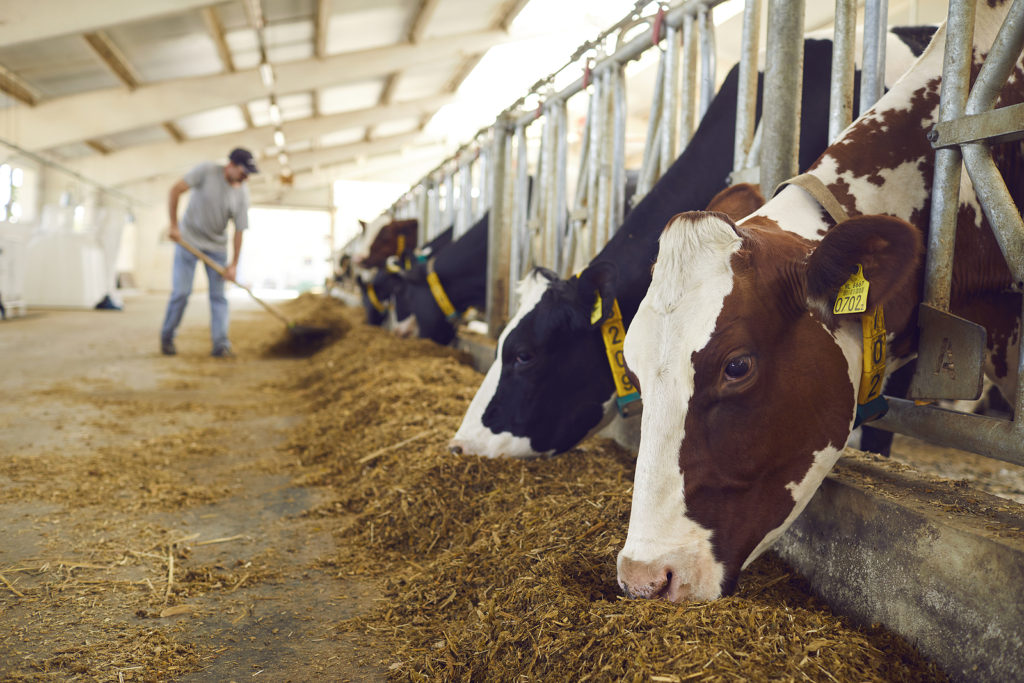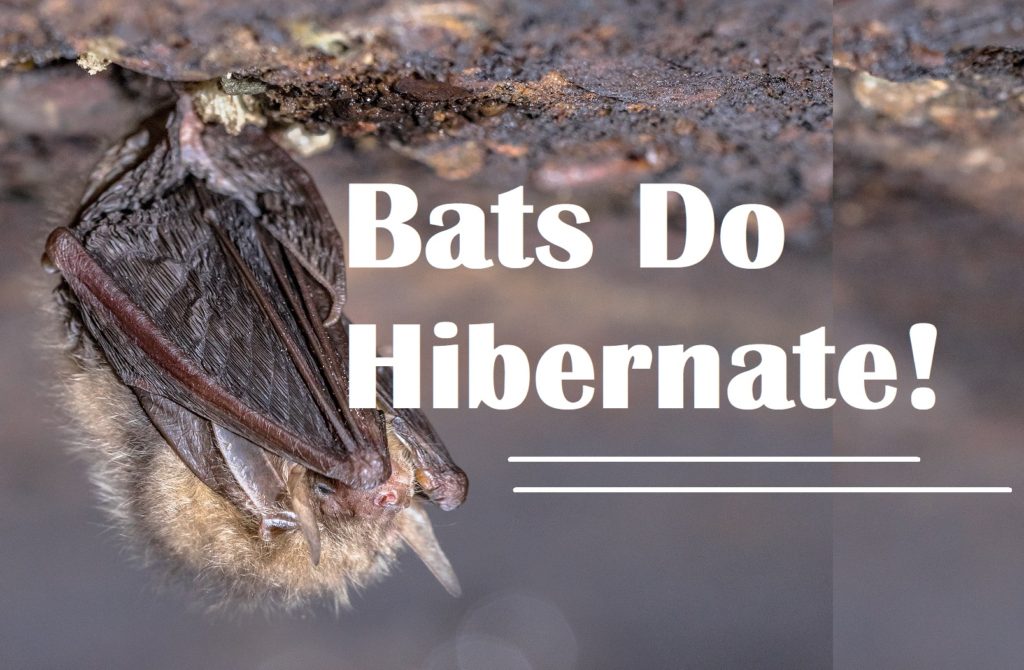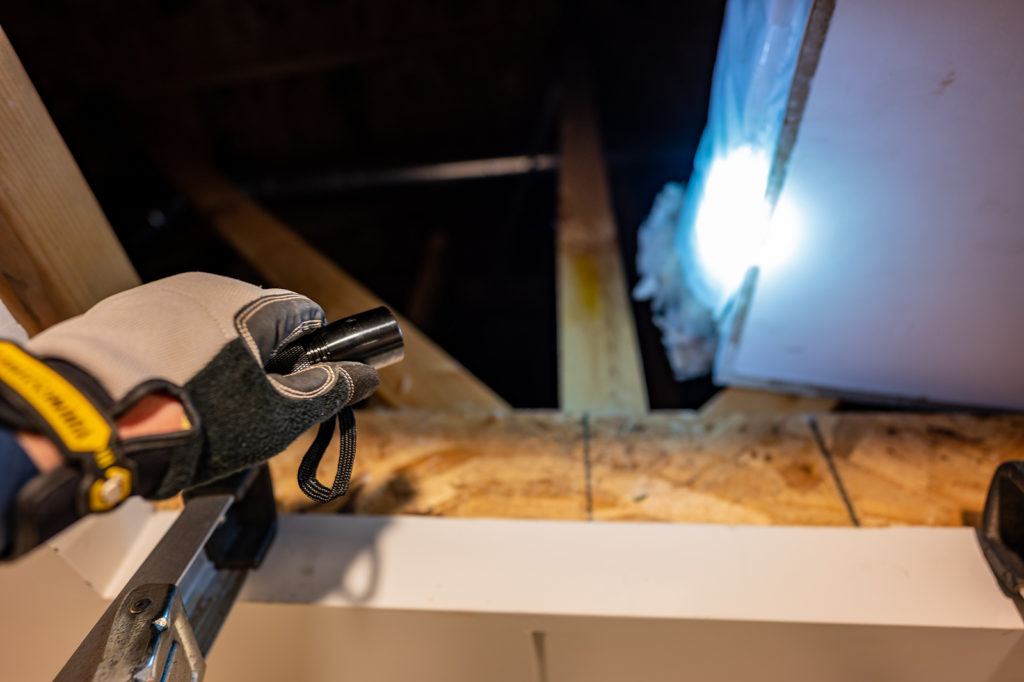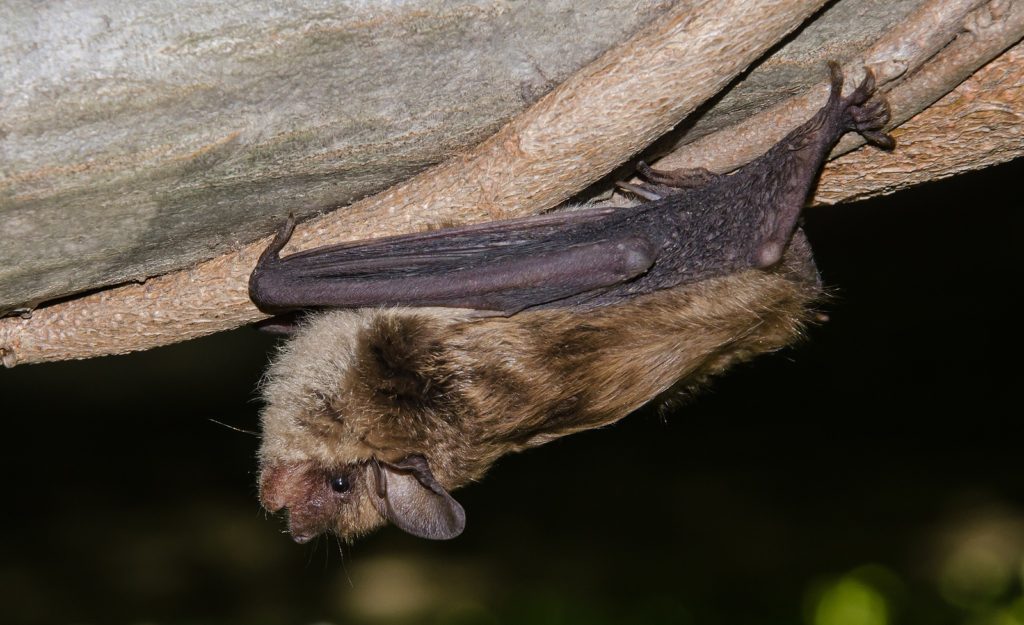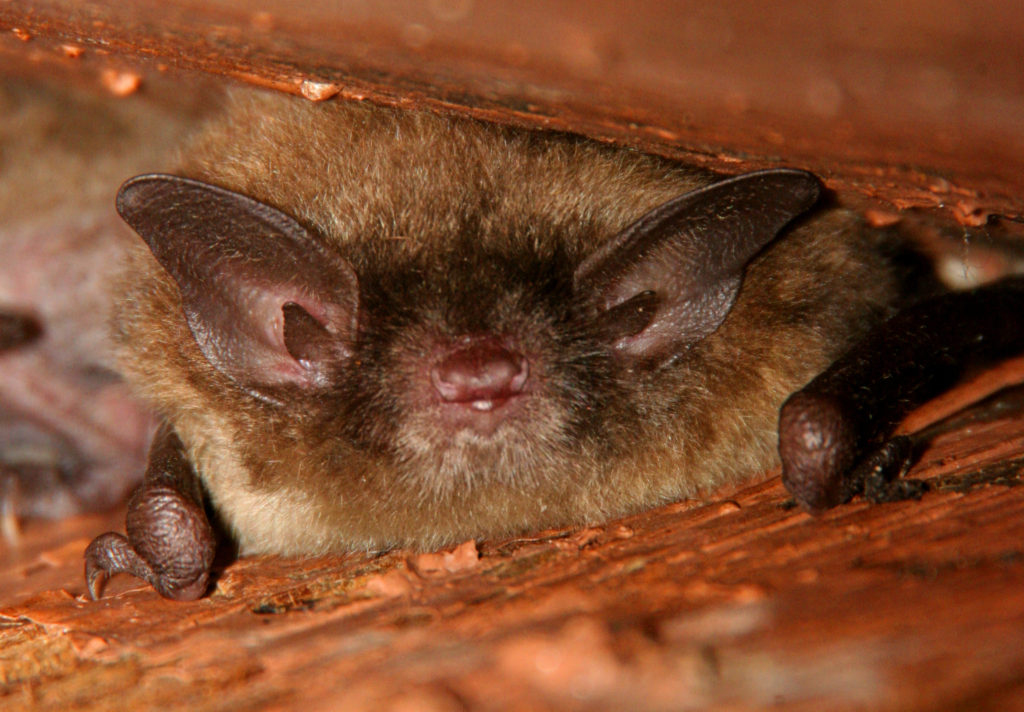Bats use echolocation, a built-in sonar ability, to precisely navigate their surroundings. So, if you disrupt their sonar abilities, will this keep them away? If you have a nuisance bat population around your property, abatement awaits you. One such device used to keep bats away is a sonar jamming machine, which is a professional-grade ultrasonic bat deterrent.
Continue below to learn how sonar jammers work against bats, plus where to get a top-rated bat abatement sonar jamming device near you.

Safe and Humane Bat Control
Although there are several methods of getting rid of bats, it is important to choose the ones that are perfectly safe and humane, not only to the bats, but also to the surrounding environment and nearby wildlife. A sonar jamming machine is one such method, and one that seems to be working for many property owners around the Mid-West.
You see, bats in the Mid-west are equipped with the natural ability of echolocation. This is basically a bio-sonar ability that allows bats to better map out their surroundings. It works by emitting high-frequency ultrasonic pulses into the air that bounce back and outline the surrounding environment. Most bats emit these frequencies through vocalizations produced by the larynx and released through the mouth and nostrils, while others produce them by clicking their tongues. Although bats are not blind, echolocation helps them fine tune their navigation and predatory skills.
Sonar Jammers for Nuisance Bat Control and Removal
The ability of bat echolocation is exactly what a sonar jamming device relies on. The device basically uses a bat’s echolocating abilities against them. And just like the name suggests, a sonar jammer is designed to do just that: jam up a bat’s sonar power. A sonar jammer interrupts the frequencies emitting by bats, which confuse them and aggravate them. Overtime, but not much time at all, bats begin to steer clear of the area. In fact, they were originally developed and effectively used to protect bats from flying into wind turbines!
How to Use a Sonar Jamming Machine
It is important to note that long-term exposure to ultrasonic frequencies can impact human health, so it is recommended to use sonar jammers on a temporary basis. Never use a sonar jammer in the living quarters of a house. Use a sonar jammer in the attic, barn, shed, garage, or exterior space to drive bats out.
It is important to also understand that a sonar jammer is just step one to bat removal and control. Once bats are gone, implement safer abatement strategies, like vent covers, non-toxic repellents, and mesh screening. A licensed and insured bat removal and control company in Richmond can help you develop the best bat abatement plan for your property.
▶ Top-Rated Sonar Jamming Device: BD100 Sonar Jammer
➠ Residential Use
➠ 17 Foot Range
➠ Rent Weekly for $300
Are you trying to manage a nuisance bat problem in or around your property? Contact Virginia Bat Pros at 804-729-9097 for prompt and professional bat removal and control you can afford. We serve residential and commercial clients.
Related Posts:
How to Get a Flying Bat Out of the House
What to Do About Your Problems With Nuisance Bats
How to Tell if You Need Winter Bat Removal Service in Virginia





